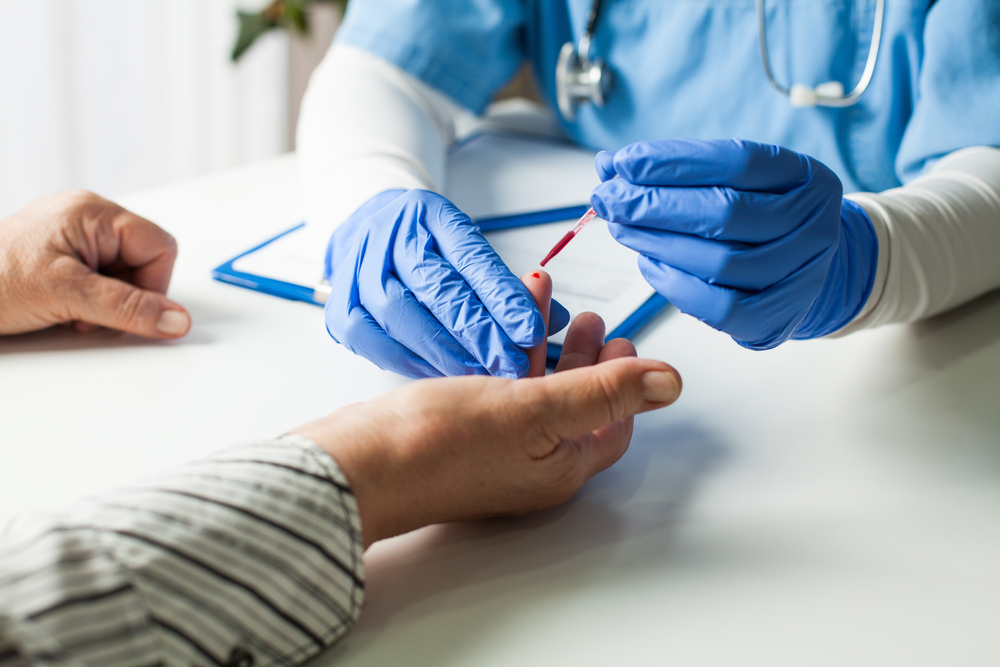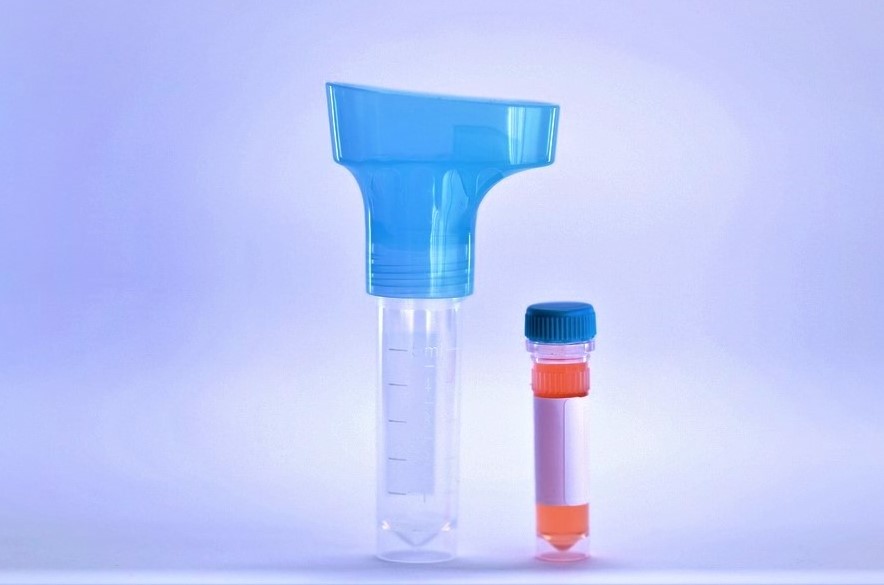Due to the Lack of real data on the extent of full morbidity (verified, unverified and asymptomatic patients) – a comprehensive survey needs to be developed to facilitate a model of learning, prediction and follow-up policy.
The outbreak of Covid-19 virus has been a huge challenge from the biological perspective as for the way it spreads in the community. The brief acquaintance with the virus makes it very challenging to build models for the continuation of daily routine lifestyles during the pandemic.
What is a serological survey?
Serological tests are used for the purposes of diagnosing diseases and medical conditions, by detecting the presence of antibodies in the subjects’ bodies. The test makes it possible to determine whether infection has occurred, as well as to characterize the stage of infection, according to the number and type of antibodies.
Strategy in conducting the survey
Analyzing the results of the survey and creating conditions that allow health, social and economic recovery during the pandemic.
Aims of the survey
Examination of the extent of morbidity in the community, including asymptomatic patients.
Examining the extent of exposure to the virus for different age groups, while examining the difference between children and adults.
Testing for infections in family and residential building units.
The survey will allow for the prediction of recurrent outbreaks, and will help formulate policy-making parameters and guidelines.
The variables examined
- The ratio of carriers among adults in Bnei Brak, compared to the general population.
- The percentage of immunized adults and children in Bnei Brak today.
- The pairing of a child and an adult from the same household can make it possible to assess who preceded whom in contracting the virus.
Conducting the survey
8637 participants
3 groups
2 medical teams
Technology system
3 months
Planning
In order to conduct the serological survey, cooperation is required between:
- The community under examination.
- Data processing center.
- Medical teams performing the tests.
- A technology platform that synchronizes all factors while securing the privacy of the participants.
Participants groups
Based on Bnei Brak’s population characteristics – a closed community – where most cases of infection occur within the community, and high population density which leads to a high infection ratio in residential buildings – 3 groups have to be examined:
- Group A
Participants from households where one of the members is a verified patient / recoveree.
- Group B
Participants from households where no one has exhibited symptoms, and that live in the same building with a verified patient.
- Group C
Participants picked randomly.The Characteristics of groups A and B reflect the results of lockdowns.
Groups C is a control group.
Test are done with Abbott and Euroimmune kits.
Survey outline
Information and appointment making (via phone calls)
Coordination with medical teams and HMOs
Blood test and symptoms survey
Lab tests
Notifying the participants of the results
Analyzation of Anonymous
Technology:
In order to synchronize all factors, a technological platform? is needed.
The system must protect the privacy of the subjects, therefore all data should remain anonymous .
The system should be able to process and export the data anonymously and easily.
Principals:
- Compliance with data security laws and procedures – Privacy Protection Law, Medical Confidentiality, Medical Information Security Law, procedures of the entities involved.
- Ensure that there is no loss of: tests, results and questionnaire data. This point is, in light of lessons learned from the problems that have arisen in Corona testing.
System’s roles:
- Appointment scheduling by the control center.
- Symptoms survey.
- Personal printed code for the blood tests, synchronized with the participant’s data.
- Transferring tests results to the analyzation center.
Control center
The control center leads the entire operation, synchronizing all elements with the participants.
Center contacts and informs the potential participant with the survey information, and verifies the participant’s personal details.
With given consent, a blood test will be scheduled in the participant’s home.
The control center will inform the HMOs about the number of tests that will be performed the next day.
The control center will coordinate with the teams, ensuring clear communications.
Minors and Privacy issues
- Blood sample will not be used except for the serological test.
- The sample remains will be destroyed and will not be used for any purpose other than the serological survey.
- There is no individual medical treatment following the test results.
- The participants will be at least 7 years old.
- For underage participants – consent of both parents is required. the process will be explained to the underage participants.
Survey implementation
The control center calls potential survey participants, explaining the procedure and process. If they agree to participate, the blood test will be scheduled in the system
Group A – 776 participants from 141 families
Group B – 678 participants from 273 families
Group C – 7183 participants
Performing a blood test at the patient’s home by medical team.
Filling out a symptom survey in the system
If one of the family members is a verified patient – the tester would wear protective gear and replace it after leaving the house.
If there are no verified patients – the tester would wear mask and gloves only.
Transferring the tests to HMOs labs
Updating participants with test results
Transferring the results anonymously to the data analysts
Analyzing the data
Drawing results and conclusions
Results & Conclusions
Survey results:
- Significant differences between the percentage of antibodies by age.
- High percentage of antibody holders in large families.
- The most significant difference between genders – men 12% vs. women 6%.
| August 2020 | July 2020 | June 2020 | Results |
|---|---|---|---|
| 5.6% | 4.1% | 2% | Percentage of cases (PCR) |
| 13.8% | 6.4% | 6.3% | Percentage of antibody holders |
Conclusions:
- There is a significant infection within households where there is a verified carrier.
- There is a greater risk of infection in families without a verified patient who live in the building of another family with a verified patient.
- The rate of infections in children is lower compared to adults. Asymptomatic infection exists significantly especially at young ages.
- Some people who are infected with the virus do not develop antibodies to the virus.
- There is an urgent need for the rapid isolation of verified patient from the rest of the family.



